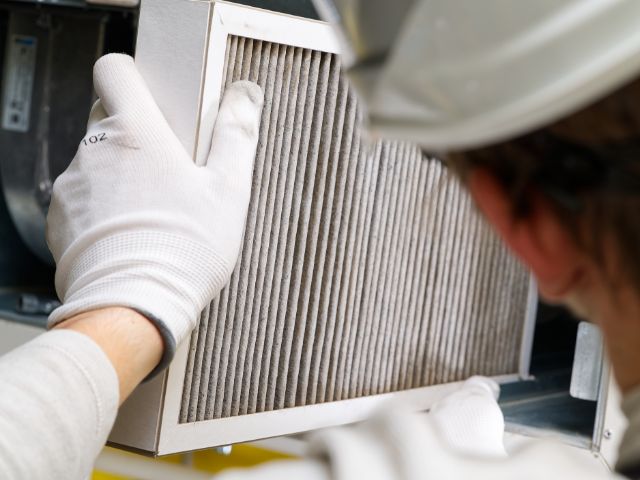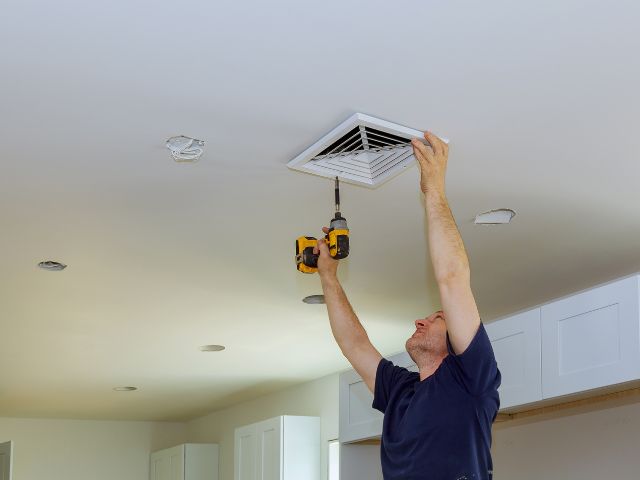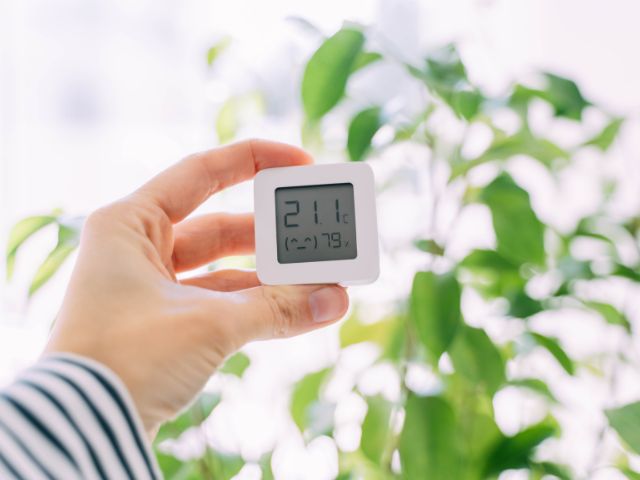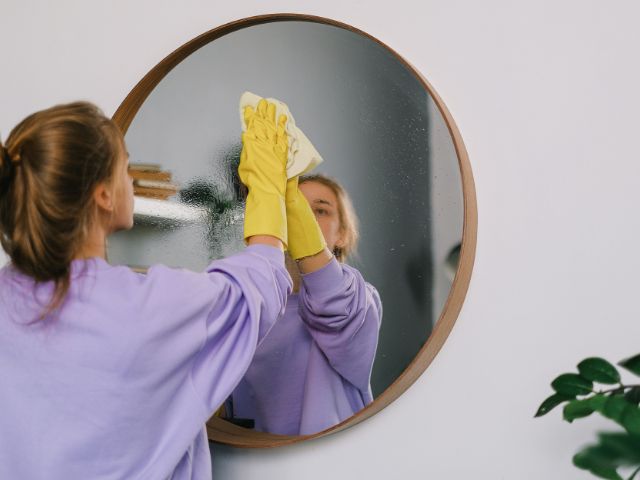Table of Contents
Dust buildup in air ducts is a common issue that can negatively impact your indoor air quality and HVAC system efficiency. If left unchecked, it can lead to increased allergies and higher energy bills. Thankfully, there are seven proven ways to tackle this problem and keep your ducts clean. From regular maintenance to simple DIY steps, you can take control and improve the air you breathe. Let’s explore how to prevent dust in air ducts and ensure your home stays fresh and your HVAC system operates smoothly.
1. Regular Air Duct Cleaning

One of the most effective methods to prevent dust buildup in air ducts is scheduling regular air duct cleaning. Over time, dust, dirt, and other debris can accumulate in your ducts, significantly affecting the airflow and the overall efficiency of your HVAC system. Routine cleaning removes these contaminants, improving indoor air quality and reducing the potential for respiratory issues caused by airborne particles.
Cleaning your air ducts involves a thorough inspection and removal of dust, dirt, and other contaminants using specialized equipment. A professional cleaning service should ideally be consulted every 3-5 years, though more frequent cleaning may be necessary for households with pets, smokers, or members who suffer from allergies or asthma.
2. Change HVAC Filters Regularly
Air filters play a crucial role in preventing dust from circulating throughout your home. They trap dust, dirt, and other particles before they can enter your HVAC system. Over time, however, these filters become clogged with debris, reducing their effectiveness and allowing dust to accumulate in the ducts.
To prevent this, it is essential to change your HVAC filters regularly. Depending on the type of filter and the level of pollutants in your home, filters should be changed at least every 1-3 months. For households with pets or high dust levels, more frequent changes may be necessary. Opt for high-efficiency filters that capture smaller particles for maximum effectiveness.

3. Seal Air Ducts and Vents

Leaky air ducts can contribute to excessive dust buildup as they allow air to escape and draw in dust from the attic, crawlspace, or other areas. These leaks also reduce the efficiency of your HVAC system, making it work harder and increasing energy costs.
To combat this issue, it’s important to seal your air ducts and vents properly. Use duct tape, mastic sealant, or specialized duct-sealing products to close any gaps or cracks in the ducts. In addition, ensure that vents are securely attached and free of obstructions to promote optimal airflow. Sealing ducts will not only help prevent dust accumulation but also improve the overall performance of your HVAC system.
4. Install a Whole-House Air Purifier
One of the most effective ways to combat dust buildup is by installing a whole-house air purifier. These systems work in conjunction with your HVAC system, filtering out dust and other particles before they can circulate throughout your home. Whole-house air purifiers come in various models, including HEPA (High-Efficiency Particulate Air) filters, UV lights, and electronic air cleaners, each offering unique benefits in trapping and removing dust.
By incorporating an air purifier into your system, you can significantly reduce the amount of dust circulating through your ducts. This not only protects the air quality in your home but also helps reduce the frequency of duct cleaning and maintenance.

5. Maintain Proper Humidity Levels

Humidity plays a critical role in dust accumulation within air ducts. Low humidity levels can cause dust and other particles to remain airborne, allowing them to easily enter your HVAC system and settle in the ducts. On the other hand, high humidity can encourage the growth of mold, which can further exacerbate dust and debris buildup.
To maintain optimal humidity levels, consider installing a humidifier or dehumidifier in your home. The ideal indoor humidity level is between 30-50%. Using a humidifier during dry months or a dehumidifier in more humid conditions can help control the amount of dust in your ducts and prevent mold growth.
6. Keep Your Home Clean
A clean home is essential for reducing the amount of dust that enters your air ducts. Regular cleaning of your home will reduce the accumulation of dust, pet hair, and other debris that can be drawn into your HVAC system. Focus on cleaning carpets, upholstery, and curtains, as these areas tend to collect significant amounts of dust.
Vacuum your floors and furniture regularly, using a vacuum cleaner equipped with a HEPA filter to ensure dust is captured effectively. Dusting with a damp cloth will also prevent dust from becoming airborne, reducing the chances of it entering your air ducts. By maintaining a clean environment, you help keep the ducts cleaner and reduce the workload of your HVAC system.

7. Keep Outdoor Areas Clean

Dust can enter your home through open windows, doors, or vents, and even the air ducts themselves may be exposed to external dust and debris. To minimize this risk, it’s important to maintain clean outdoor areas around your home. Keep gutters clear, trim bushes and trees near vents, and regularly clean outdoor HVAC units to reduce dust buildup.
Furthermore, consider using weatherstripping and seals on doors and windows to minimize the amount of dust that can enter your home. Ensuring that the areas around your air ducts are kept clean and free from debris can go a long way in preventing dust from finding its way into your ducts.
Conclusion
By following these seven proven methods, you can significantly reduce dust buildup in your air ducts and improve both the efficiency of your HVAC system and the air quality in your home. Regular air duct cleaning, proper humidity control, and maintaining a clean home are key to preventing dust from circulating through your system. Additionally, installing a whole-house air purifier and sealing ducts will further enhance your efforts to reduce dust and allergens.
For professional assistance with air duct cleaning, dryer vent repair, or any HVAC service, HVAC Alliance Expert is here to help. If you’re searching for HVAC service near me, our trusted team is ready to provide comprehensive solutions to keep your system running smoothly and your home environment fresh.
FAQs
It is recommended to clean your air ducts every 3-5 years, though more frequent cleaning may be necessary for homes with pets, smokers, or people with allergies. Regular cleaning helps maintain good air quality and HVAC efficiency.
Yes, a whole-house air purifier can filter out dust and particles before they circulate through your HVAC system. This helps prevent dust buildup in the air ducts and improves indoor air quality.
HVAC filters should be changed every 1-3 months, depending on the type of filter and the level of pollutants in your home. Homes with pets or high dust levels may require more frequent filter changes.
Yes, both low and high humidity can contribute to dust accumulation in air ducts. Low humidity allows dust to stay airborne, while high humidity can promote mold growth, increasing dust and debris.
A musty smell could indicate mold growth, which requires immediate attention. Consider scheduling a professional air duct cleaning and HVAC inspection to address the issue.


